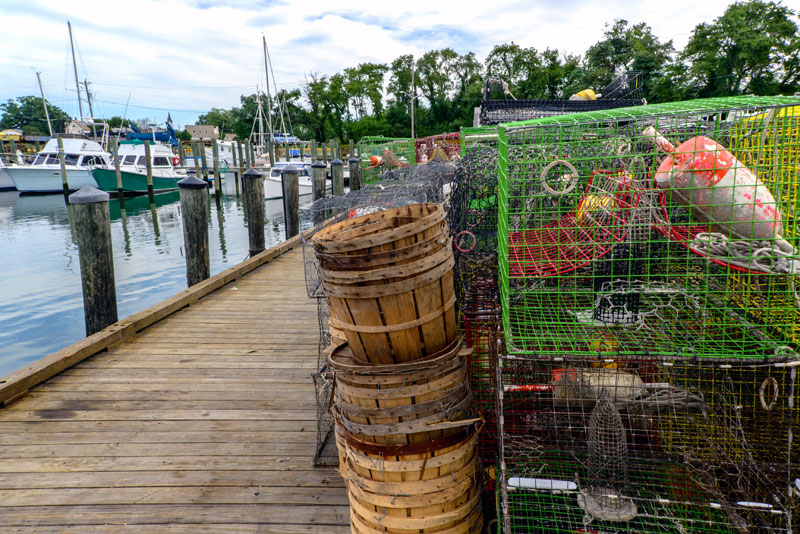Less litter = more money.

A new study from researchers at the Virginia Institute of Marine Science takes a look at the Chesapeake Bay after a six-year program to clean it up and finds something interesting: Not only is the Bay cleaner than it was before the program, it’s actually more productive for fishermen.
The Chesapeake is perhaps best known for its harvest of blue crabs. Tens of millions are harvested each year, strictly monitored by the Chesapeake Bay Program who is quick to note on its site that “The Chesapeake Bay’s blue crab population is not overfished and overfishing is not occurring.”
But that doesn’t mean it’s fantastically healthy; the total spawning population of 101 million female crabs is well below the eventual target of 215 million that studies have deemed completely sustainable. One way to get there, while still maintaining fishing levels, is to, well, clean up.
Crab traps are regularly lost. Bad weather, boat propellers, and simple mechanical problems are just a few of the causes that can lead to a lost trap. These litter the bottom of the Chesapeake, and pollute the Bay in a minor way, but more importantly, they have negative effects of both crab population and crab catch.
Crab traps that are lost don’t cease to work, necessarily; sometimes they just sit on the bottom of the Bay, where crabs wander into them just as if the traps were actively used by crabbers. Those crabs will often die in the abandoned traps, and even if they don’t, that makes for fewer crabs to be intentionally caught.
After the economic crash of 2008, one of the many public works projects begun throughout the country was a $4.2 million, six-year program in the Chesapeake that paid crabbers themselves to haul up abandoned equipment. They snagged 34,408 crab traps over that time. But where this gets really interesting is in revenue: There was also a 27-percent increase in catch over that time, equaling $21.3 million (calculated using the dock price for hard-shell crabs), far more than the program cost.
The study should go a long way in showing that not all environmental efforts are based in just cleaning up. This program had a concrete, beneficial effect on both the Chesapeake and those who work it. The researchers suggest that it could spur development in more easily biodegradable traps as well, given that traps will always, to some extent, be lost.